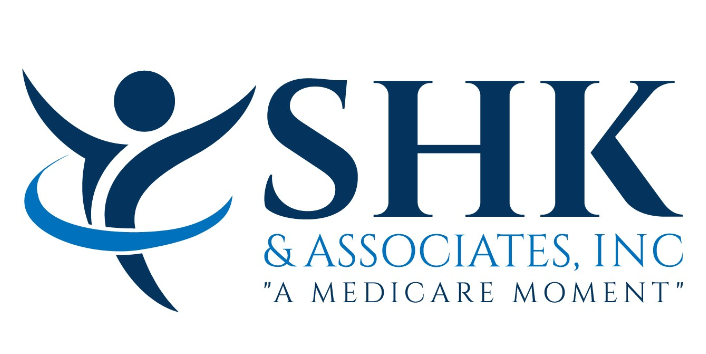Medicare Part D
Medicare Part D Plans
(Prescription Drug Coverage)
- Helps cover the cost of prescription drugs (including many recommended shots or vaccines)
- Eligible beneficiaries across the nation have the option of enrolling in a Medicare Part D plan to receive their prescription drug coverage. Medicare Part D plans are offered through private insurance companies that are contracted by Medicare, so costs and availability may differ between carriers and by location. Part D plans include stand-alone Prescription Drug Plans (PDPs) and Medicare Advantage Prescription Drug (MAPD) plans.
Medicare requires that all beneficiaries have some sort of creditable drug coverage, which includes Part D plans and employer health coverage. Hence, it is recommended that beneficiaries enroll in a Part D plan when they are first eligible to avoid any late enrollment penalties.
Medicare Part D Coverage
Each Part D plan has its own formulary, or list of covered drugs. These formularies include coverage of certain generic and brand-name drugs. All plans must cover certain categories of drugs, but which drugs are covered in each category may differ between insurance company and by plan. All plans must cover at least two drugs per each drug category and most drugs in the anti-psychotics, anti-depressants, immunosuppressants, cancer, and HIV/AIDS categories. Keep in mind that if you fill a prescription that is not in your plan’s formulary, then you may be responsible for the full retail cost of the drug.
Medicare Part D Costs
Because plans have the opportunity to set their own monthly premiums, the costs associated with Part D plans may differ by insurance company. In general, each plan requires payment of a monthly premium in addition to your Part B monthly premium. A small number of individuals may be responsible for a higher monthly premium based on income. Other costs may include the following:
- Yearly deductible: The amount that you must pay before your plan coverage begins. The government sets a maximum deductible that may change each year, and some plans charge no deductible.
- Co-payments and coinsurance: You are responsible for paying these amounts for your medications after you have paid your plan deductible (if required).
- Coverage gap, or “donut hole” : After you and your plan have spent a certain amount on medications, you may enter the coverage gap, in which you pay all costs for prescription drugs out-of-pocket. There are discounts on the costs of brand name and generic drugs in the coverage gap. Once you have paid up to a certain amount out-of-pocket, your plan begins catastrophic coverage, during which you pay only a small copayment or coinsurance while your plan covers the rest of the costs.
Part D Enrollment and Eligibility
To be eligible to enroll in Medicare Part D, you must be eligible for and enrolled in Original Medicare, Part A and Part B, and you must also reside in the network of the plan that you wish to join. If you qualify for a Medicare Part D plan, you have the option of enrolling during a few different enrollment periods, including your Initial Election Period, also known as Initial Enrollment Period or IEP and the Annual Election Period, also known as the Annual Enrollment Period or AEP. It is recommended that those without creditable drug coverage enroll in a Part D drug plan during the seven months of their Initial Enrollment Period, which begins three months before the month that they first become eligible for Medicare. Enrolling during this time ensures that you will not face a late enrollment penalty. Those that wish to enroll in or switch Part D plans may do so during the Annual Enrollment Period, which lasts from October 15 to December 7 of each year.
